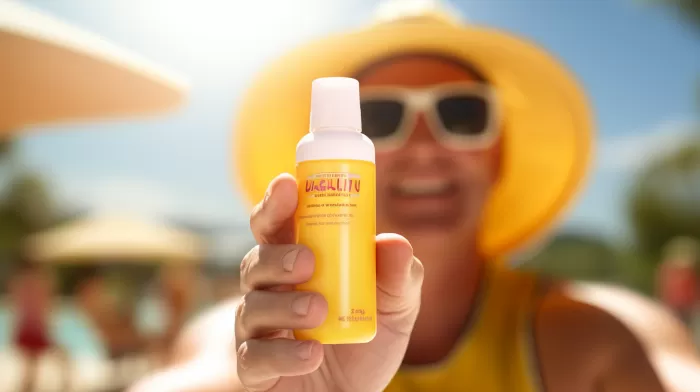It’s commonly known that individuals with dark skin often require vitamin D supplements due to their skin pigment. This pigment can hinder the body’s ability to synthesize the essential nutrient. However, a recent study suggests that pale people face a similar deficiency issue. This is a significant finding because it challenges the prevailing assumption that lighter skin always leads to better vitamin D production.
Pale skin and sunlight sensitivity
The study was conducted at the University of Leeds in the U.K. The researchers discovered that individuals with a light complexion tend to stay out of the sun because they burn easily. Consequently, these people are not exposed to enough sunlight to produce adequate levels of vitamin D.
Vitamin D is necessary for maintaining strong bones and a healthy immune system. A deficiency can lead to bone loss, muscle weakness, and an increased risk of certain diseases. Since sunlight exposure is the primary source of vitamin D for most people, it’s critical to ensure that individuals with pale skin receive enough of this nutrient.
Defining a deficiency
In the study, the researchers defined a deficiency as having blood levels of vitamin D that were less than 60 nanomoles per liter (nmol/L). Previous studies determined that a measurement of 25 nmol/L may put an individual at significant risk of bone loss.
After examining the vitamin D levels of 1,200 volunteers, the scientists found that about 730 individuals had sub-optimal measurements of the nutrient. Additionally, these people tended to have light complexions.
“Fair-skinned individuals who burn easily are not able to make enough vitamin D from sunlight and so may need to take vitamin D supplements,” said lead author Julia Newton-Bishop.
Solutions for pale-skinned individuals
So, what can pale-skinned individuals do to ensure they receive enough vitamin D? There are a few options:
- Brief, regular sun exposure: This is an option for those who can tolerate some sunlight without burning. Just 10-15 minutes a day during peak hours (10 am to 3 pm) can be enough to produce adequate levels of vitamin D. However, it’s crucial to protect the skin with sunscreen or clothing after this time to avoid sunburn and skin damage.
- Consume vitamin D-rich foods: Incorporate foods like fatty fish (salmon, mackerel, and sardines), beef liver, egg yolks, and cheese into your diet. Fortified foods, like milk, orange juice, and cereals, can also help boost your vitamin D intake.
-
Take vitamin D supplements: Supplements are an excellent option for those who can’t get enough vitamin D from sunlight or food. The recommended daily allowance (RDA) for adults is 600-800 international units (IU). However, individual needs may vary, and it’s wise to consult with a healthcare professional before starting a supplement regimen.
In conclusion
While it’s been established that individuals with dark skin are prone to vitamin D deficiency, new research suggests that pale-skinned people face similar risks. The reason is that fair-skinned individuals tend to avoid the sun, which limits their vitamin D production.
To mitigate this issue, pale-skinned individuals can try brief, regular sun exposure, consume vitamin D-rich foods, and consider taking supplements. These strategies can help them achieve optimal levels of this essential nutrient, promoting strong bones and overall health.



